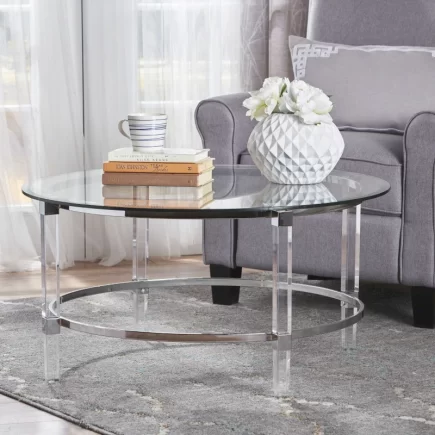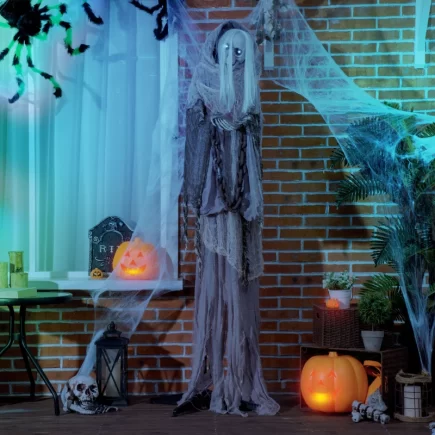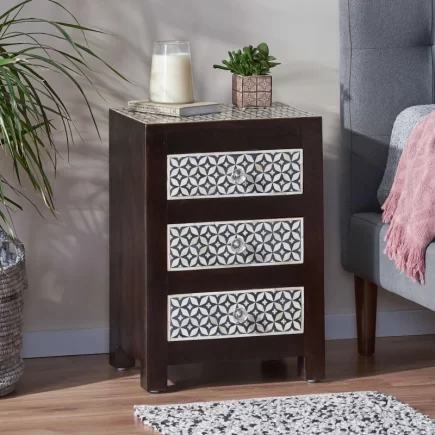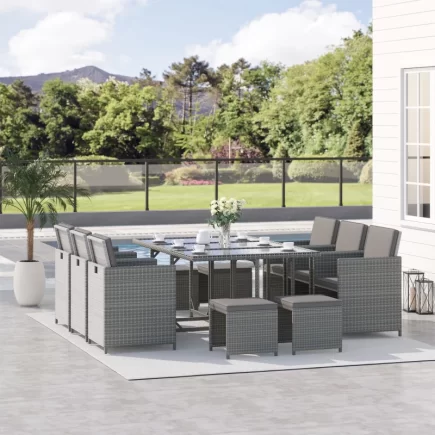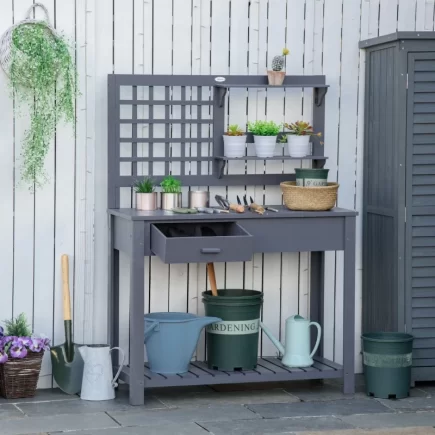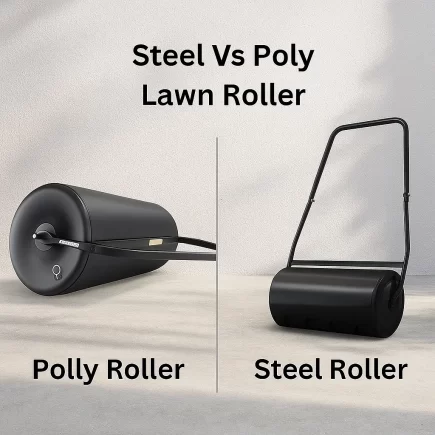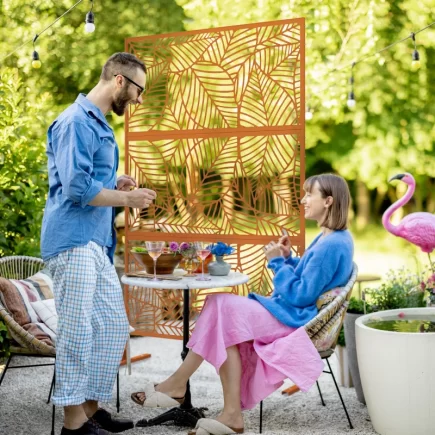Whether you’re a casual wine drinker or a dedicated collector, storing wine properly is key to preserving its flavor, aroma, and aging potential. A wine cooler offers a convenient and effective way to do just that but with so many styles, features, and capacities on the market, how do you know which one is right for you?

This smart buyer’s guide breaks down everything you need to know before purchasing a wine cooler from Aosom, helping you find the perfect match for your space, taste, and lifestyle.
Determine Your Primary Purpose
Before diving into technical features or size specifications, it’s important to understand what role the wine cooler will play in your home.
Short-Term Chilling
If you enjoy drinking wine a few times a week, host dinners, or want wine chilled and ready anytime you need a serving cooler.
It keeps your wine at the perfect serving temperature, usually between 45°F and 65°F, depending on the wine type. You don’t have to wait or guess, just open and pour.
Storage vs. Serving Coolers
If you’re buying wine to age, save for future occasions, or build a collection, then you need a storage wine cooler.
These coolers are designed to protect wine over time, with features like:
- Better insulation to keep temperatures steady
- Humidity control to prevent corks from drying
- Vibration reduction so wine ages undisturbed
Wine Cooler Types
Wine coolers come in various styles, each designed for unique needs. Whether you’re short on space or want a sleek addition to your bar, choosing the right model is key. Explore options like this Wine Cooler that combines compact design with efficient performance.
Freestanding vs. Built-In
- Freestanding Wine Coolers
- A freestanding wine cooler is a stand-alone unit that doesn’t need to be installed into your kitchen cabinets. You simply plug it in and place it anywhere with good airflow like your dining room, living area, or home bar.
- It’s flexible and portable. If you’re renting or think you’ll rearrange your space later, this type gives you total freedom.

- Built-In Wine Coolers
- A built-in wine cooler, also called an under-counter model, is designed to fit neatly into your cabinetry. It slides under your kitchen counter or bar area and looks like a part of your furniture setup.
- It’s great for permanent kitchens and gives a seamless, high-end look. But it requires front ventilation and exact measurements for safe installation.
Thermoelectric vs. Compressor-Based Models
- Thermoelectric Coolers
A thermoelectric wine cooler uses a heat transfer system with no moving parts, which makes it very quiet and energy-efficient. It works best in stable room temperatures, so it’s ideal if you plan to place it in a bedroom, office, or small apartment.
If you have a small collectionration-free, and low on power use, this is of wine (usually under 18 bottles) and want something quiet, vibe the right type for you. - Compressor Coolers
A compressor wine cooler works like a traditional refrigerator. It uses a refrigerant and compressor to keep the internal temperature cool and steady even if the temperature outside the unit fluctuates.
This type is better if you’re storing a larger wine collection, or if you’ll be placing the cooler in a garage, basement, or warmer room. It provides more power, better long-term temperature control, and is ideal for aging wine properly.

Sizing It Right: Capacity and Dimensions
Size matters not just in terms of how many bottles you can store, but also how well the unit fits your home.
How to Estimate Current and Future Bottle Count
| User Type | Typical Capacity Needed |
| Casual Drinker | 6–18 bottles |
| Entertainer | 20–50 bottles |
| Serious Collector | 100+ bottles |
Don’t just plan for today. Always buy a wine cooler that can accommodate a growing collection. Leaving 15-20% room helps with airflow and reduces overstuffing.
Cooling and Temperature Control
Maintaining a steady, wine-friendly temperature is critical for proper storage.
Standard Range for Most Wine Coolers
Most wine coolers are designed to operate within a range of 40°F to 65°F, accommodating red, white, and sparkling wines. This provides flexibility for various storage needs.

Maintaining Temperature Consistency
A stable temperature prevents corks from drying out or expanding. Look for coolers that limit fluctuation to within 3°F, which is ideal for long-term wine preservation.
Humidity Control and Its Role in Wine Preservation
Humidity is one of the most important and most ignored parts of wine storage. If the air inside your wine cooler is too dry, the corks can shrink and let air into the bottle, spoiling your wine. If it’s too humid, it can lead to mold, peeling labels, or even damage the wine rack interior. The ideal humidity level inside a wine cooler is between 50% and 70%. This keeps corks moist but not overly damp.
What to Look for in Humidity Features
Some high-end wine coolers offer built-in tools to help manage humidity. These include:
- Hygrometers that display current humidity levels
- Water trays or bins that add moisture to the air
- Fans that circulate air evenly so there are no dry or damp spots
Protecting Against Light, Vibration, and Noise
Light, vibration, and noise can negatively impact your wine’s flavour and longevity. Choosing a cooler with UV protection, low-vibration operation, and quiet performance ensures your collection stays in top condition. Wine Cooler is designed to guard against these elements, preserving wine quality over time.
UV-Protected Doors
UV rays can trigger chemical reactions in wine. Go for:
- Tinted, tempered glass with UV coating
- Solid doors for complete blackout protection

Low-Vibration Wine Cooler
A low-vibration wine cooler is specially designed to keep your bottles as still as possible. Some units use rubber mounts on the compressor or even eliminate moving parts altogether like in thermoelectric systems, which naturally create minimal vibration. You may also find smooth-glide shelves that let you access bottles without jostling the rest.
Shelving, Bottle Types, and Interior Layout
Interior design plays a major role in both usability and wine preservation.
Wooden Wine Racks
Wooden racks are often found in higher-end wine coolers. They not only look stylish and warm, but also help absorb small vibrations from the cooler’s operation. This is ideal if you’re storing wine long-term or want a quieter, smoother setup.
Wire Wine Racks
Wire racks are lightweight, compact, and cost-effective. They make it easier to fit more bottles into smaller spaces and are often used in mid-range or portable wine coolers.
Adjustable Shelves
Adjustable or removable shelves let you rearrange the interior of your cooler to fit larger bottles like Champagne, Burgundy, or sparkling wine. Without this flexibility, those bottles may not fit or will block airflow.
Display Shelves
Display or angled shelves let you showcase wine labels facing forward. This not only looks attractive especially with soft LED lighting but also helps you find the bottle you want faster.
Design and Style Considerations
Your wine cooler should be as stylish as it is functional.
Matching with Kitchen or Bar Aesthetics
- Stainless steel: Sleek and modern
- Black matte: Contemporary and subtle
- Wood trim: Warm and classic
LED Lighting and Sleek Finishes
Soft interior lighting enhances your display and lets you browse without exposing bottles to bright light.
- LED lights produce less heat, which protects your wine from temperature fluctuations while providing soft visibility. Unlike halogen bulbs, they are more energy-efficient and won’t affect wine quality over time.
- Harsh white light can be too intense and may damage sensitive wine labels over time. Soft white or amber tones create a warm, premium look and gently illuminate your wine collection.

Energy Efficiency and Smart Features
Modern wine coolers go beyond chilling. Today’s models combine performance with convenience and energy savings.
What Does Energy Efficiency Mean in Wine Coolers
Energy efficiency in a wine cooler means using less electricity to maintain the right temperature and humidity without overworking the system. While most wine coolers aren’t officially Energy Star certified, many modern models are designed with power-saving components that reduce long-term energy use.
Features Make a Wine Cooler More Efficient?
Look for models that include:
- Improved compressor cycling – runs only when needed to save energy
- Better insulation – helps maintain internal temperature longer
- LED lighting – uses less electricity and produces no heat
- Low-heat electronics – keeps internal systems cool and stable
App Controls, Alarms, Auto Defrost, and Locks
Popular upgrades include:
- Smart apps: Remote temperature adjustments and alerts
- Alarms: Warn you of door ajar or temp fluctuations
- Locks: Protect your investment from children or guests
- Auto-defrost: Prevents ice buildup and maintenance hassle
Choosing the right Wine Cooler isn’t just about keeping your bottles cold, it’s about elevating your enjoyment, protecting your investment, and bringing visual appeal to your living space. From temperature control and capacity to energy efficiency and aesthetics, every detail matters.
FAQs
1. Can I store beverages other than wine in my wine cooler?
Yes, you can store water, soda, or even certain types of beer, especially in dual-zone coolers. Just be mindful of differing temperature needs and avoid overcrowding the unit.
2. Will a wine cooler increase my electricity bill significantly?
Wine coolers generally consume less power than full-size refrigerators. Choosing an energy-efficient model and maintaining a consistent room temperature can minimize any noticeable increase in energy costs.
3. Is it safe to place a wine cooler on carpeted flooring?
It’s not ideal. Carpets can block air circulation at the base, leading to overheating. Place the cooler on a solid, level surface like tile, hardwood, or a vinyl mat.


